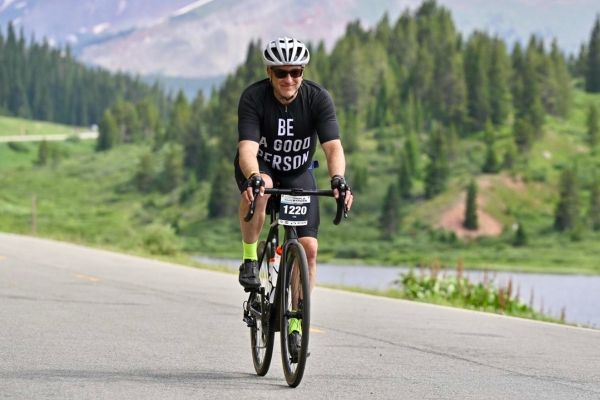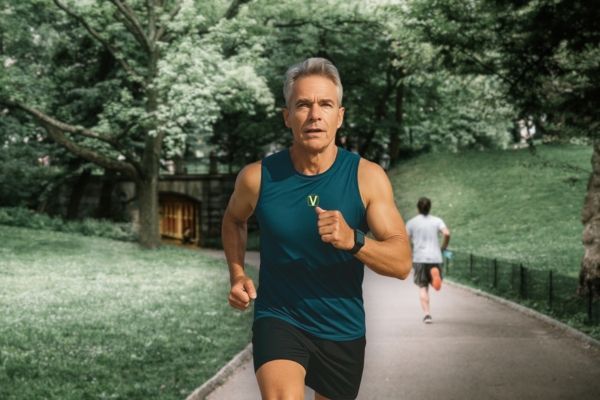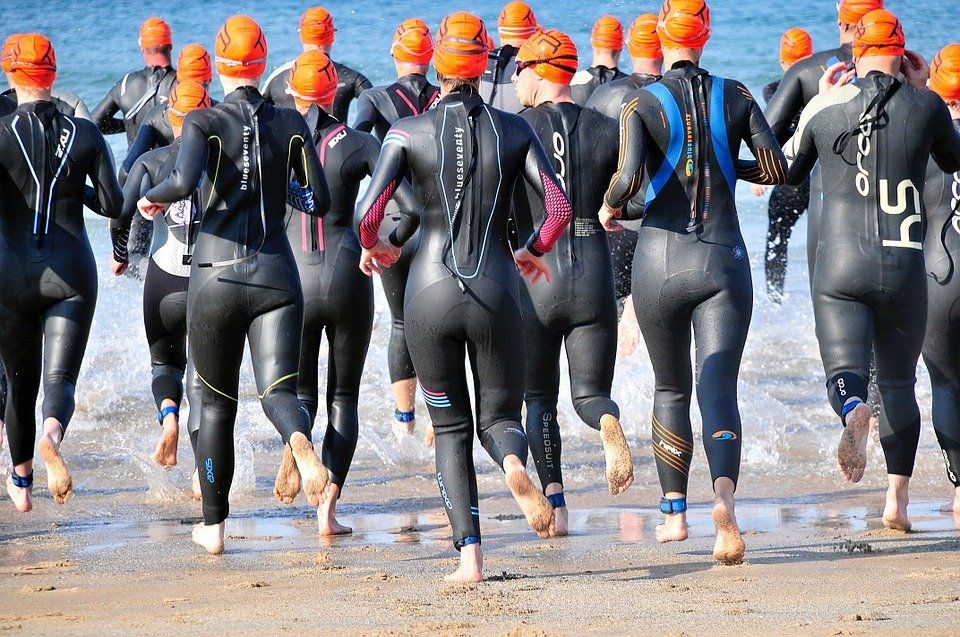Tips & Tricks for Triathlon Training
Tips & Tricks for Triathlon Training
Triathlons are the apex event for athletes looking to test their endurance. The combination of swimming, biking, and running challenges even the most seasoned competitors. However, competing in a triathlon isn’t as far-fetched as it seems, as there are leveled events from sprints to the Ironman. Here are tips and tricks for Triathlon training to ensure your best results regardless of your current fitness level.
Know your event
Triathlons come in multiple lengths: Sprint, Olympic, Half Ironman (70.3), and Ironman (140.6) being the most common. Sprint-length triathlons are great for those looking to dip their toes in the water of endurance competition.
For a sprint triathlon, expect to swim .25 miles, bike 15 miles, and run 3.1 miles. The average completion time for a novice in a sprint triathlon is just under two hours, while more advanced athletes can expect to finish in about 75 minutes. Timing varies depending on fitness level, but this is a great option for those who want to compete in a triathlon without giving up a whole day for the competition.
Olympic-length triathlons include a 1-mile swim, a 24.9-mile bike ride, and a 6.2 mile run. The average completion time for a full-length tri sits at three hours, but, again, performance depends on fitness level. Olympic-length triathlons are great for those athletes looking to really push their boundaries and test their capabilities.
Half Ironman triathlons start with a 1.2-mile swim, a 56-mile bike ride, and a 13.1-mile run. Double that for the Ironman!
Once you know which event you’re going to participate in, it’s easier to create a training plan.
Split your time wisely
During a triathlon, an athlete will split their time according to their level of expertise and conditioning in each discipline. Your training should mimic that split. Most athletes new to the race format typically excel in one or two of the disciplines and require extra work in the other(s) just to become confident on the day of the event. So, early in your training, focus on skill development. As your confidence in your competence improves, switch the focus to endurance, speed, and transitions.
However, just because you’re splitting your time between those three does not mean those workouts should always be the same. Be sure to vary each workout. For swimming, try some ladder swims or alternate kicking laps with pulling laps. For bicycling, swap flat rides for hills, or aim for certain speeds. For running, alternate between distance runs and sprints to keep your muscles adaptable. As your event day approaches, you will add “bricks” to your training – back to back workouts of 2 disciplines.
Don’t forget about strength training or mobility
Yes, triathlons are all about endurance, but that doesn’t mean you should skip the weight room. In fact, studies show that strength training helps improve every aspect of a person’s triathlon performance. Weight training for explosiveness and muscle strength will help with endurance and speed. Focus on lifting heavy for low reps, about 3-6 per set. Romanian deadlifts, kettlebell swings, and power cleans will help improve your speed for each event. Moreover, lat pull-downs and TRX workouts will aid in improving your swim time and your posture during cycling. Whatever your triathlon goals may be, adding strength training will help you get there.
Adding some dedicated time for mobility in your training routine is key to preventing injury. Whether you add a foam roller to your program, incorporate yoga, or include dynamic stretching, mobility is an important part of any fitness regimen.
Set a time table
It takes time to get in shape for a triathlon, regardless of your current fitness level. Aim for getting at least three months of triathlon-focused training in to prepare you for the event. However, being short on time isn’t necessarily a disqualifier. Just know that the week before your triathlon, your workouts need to be light and easy to prevent injury and create more energy stores for the race.
Whether you’re new to triathlons or not, at Vitruvian Fitness our goal is to help all our clients reach their goals. Our Functional Movement Screen™ will help you identify specific areas for improvement when it comes to your athletic performance. We customize our programs to fit your needs, whether that’s committing to a healthy lifestyle change or preparing for your first triathlon. Contact us today to take the next step in reaching your goals!
Photo courtesy of Pixabay under Creative Commons Zero License
You might also enjoy these posts . . .








